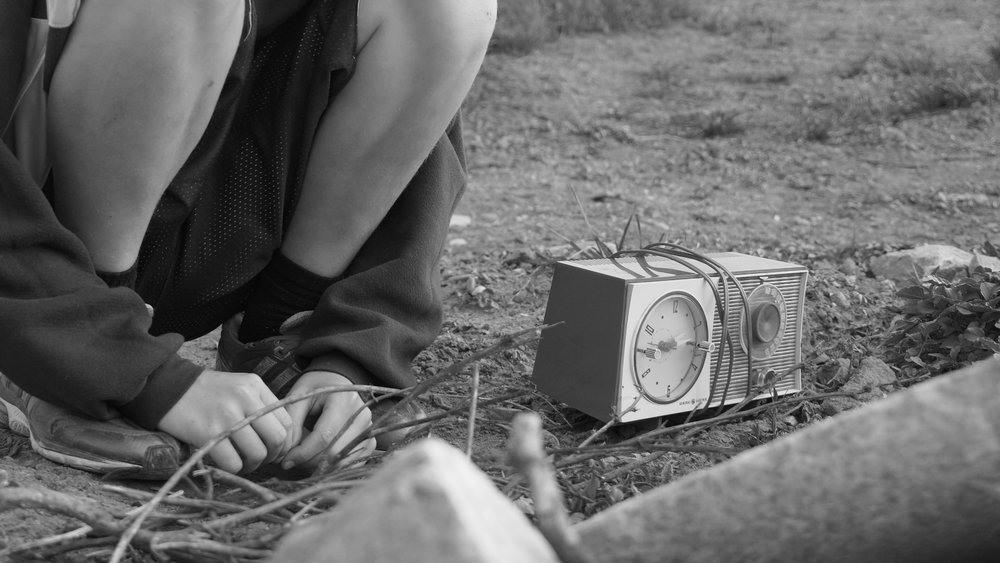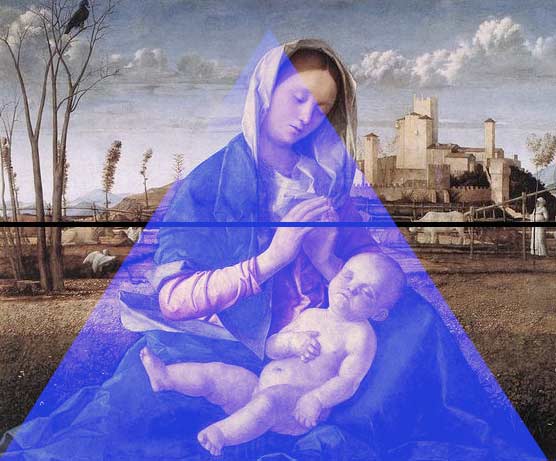Screen Balance
Screen Balance
Balance and masses: If you have a subject on one side of the frame (which you commonly will using rule of thirds) then you need something else on the other side of the frame to create balance.
In the above shot, the soap dispensers balance out the figure on the left.
Below the man in the white uniform is balanced by the neon lights to his left.
Below, the figure on the right is balanced by the matching light on the left. The fact that she is wearing the lighter color draws attention to her.
As Schroeppel says, make sure your main subject is either wearing or is closest to the brightest color. Brighter more saturated areas of the frame draw the most attention from the viewer.
Frames within a frame
You can make a composition more interesting and balanced by using your location to make "full or partial frames within the camera frame"
When I was creating a presentation some time back, True Grit was in the theaters, and I noticed something fascinating in many of the compositions by Roger Deakins.
Notice any similarities?
In all three stills there are three points of interest, and if you connect them, they create a triangle.
Top: eyes, eyes, hands
Middle: eyes, eyes, cup
Bottom: face, face, fire
All of the elements listed above draw viewer's attention and in these shots, each one is equal regarding weight. The balance is created by making an imaginary connection in the shape of a triangle.
I was thinking about what might have inspired Deakins to compose his shots this way, and I remembered some of my studies in art history.











